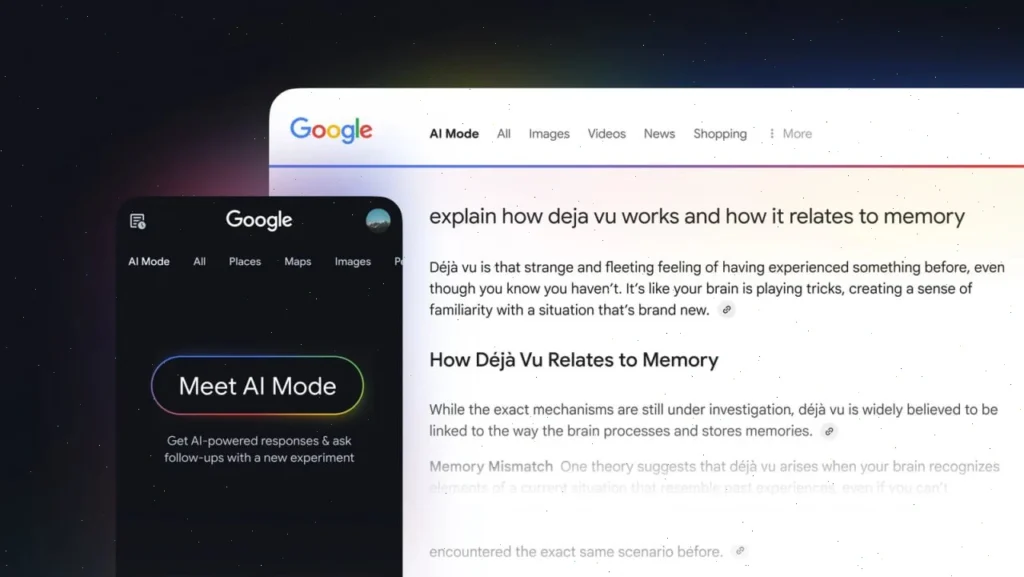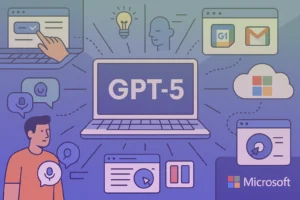Google is expanding access to AI Mode, its experimental feature that allows users to ask complex, multi-part questions and follow-up queries directly in Search. Launched in March, AI Mode aims to rival services like Perplexity AI and OpenAI’s ChatGPT Search. As part of the expansion, the waitlist for AI Mode is being removed. Now, anyone in the U.S. aged 18 or older can use the feature if enrolled in Google Labs.
Additionally, Google is testing an AI Mode tab within the main Search experience, visible to a small percentage of users in the U.S., indicating a move toward broader integration beyond Labs.
AI Mode Gains New Search Features for Places and Products
Alongside broader access, Google is adding new features to AI Mode. Users can now go beyond basic queries and use the mode to explore local places or plan tasks, such as finding restaurants or shopping for travel essentials. AI Mode introduces visual place and product cards, making it easier to browse and tap for more details.
When searching for locations like restaurants or salons, users can see ratings, reviews, and business hours. For products, AI Mode displays real-time prices, promotions, images, shipping options, and local availability.
Smarter Recommendations for Contextual and Complex Queries
AI Mode now enables context-aware suggestions tailored to specific needs. For instance, if you’re searching for vintage shops with mid-century modern furniture, AI Mode can highlight local stores, show live foot traffic data, and offer options to call or get directions.
For trip planning, a query like “best foldable camping chair that would fit in a backpack for under $100” would trigger AI Mode to present a curated list of relevant products, complete with details and retailer links.
New Option to Resume Past Searches in AI Mode
To support ongoing research and complex tasks, Google is adding the ability to resume past searches. On desktop, a new left-side panel in AI Mode lets users revisit previous queries, review information already gathered, and ask follow-up questions — enhancing continuity and productivity in long-term searches.





